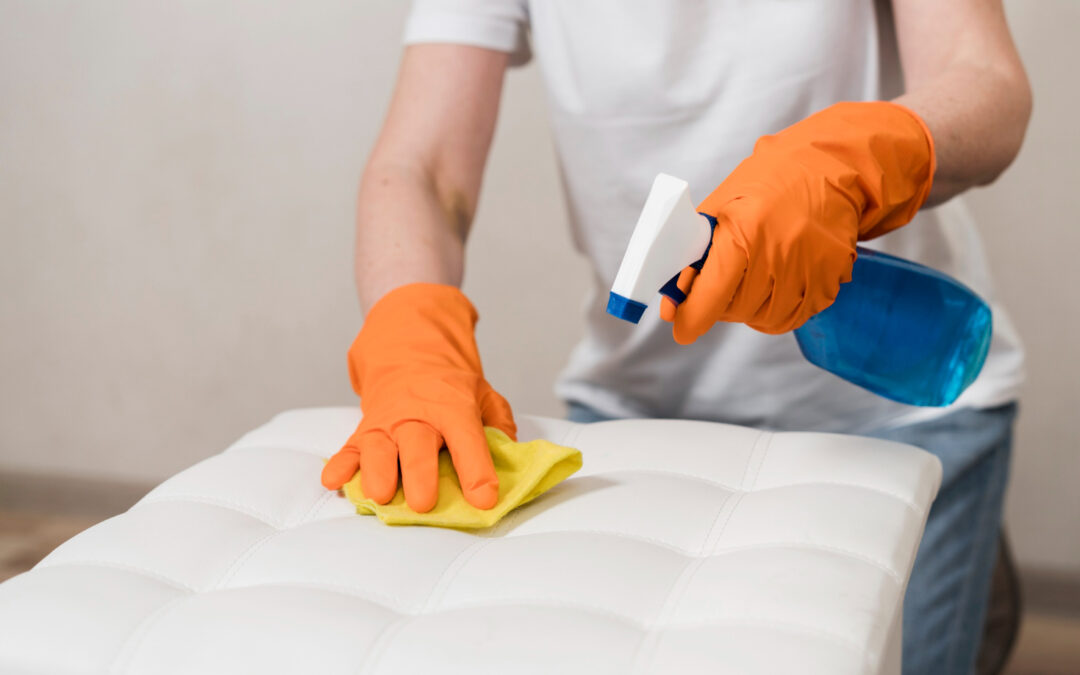Keeping a mattress clean can feel like a daunting task, especially when dealing with stubborn stains. Various factors, such as spills, accidents, and everyday use, contribute to mattress stains that are difficult to remove. Recognizing the types of stains and understanding their causes can make the cleaning process much simpler. By addressing these stains promptly, you can extend the life of your mattress and ensure a healthier sleeping environment.
We often overlook the importance of maintaining a clean mattress. Most people focus on cleaning their sheets and pillowcases but neglect the mattress itself. However, a clean mattress is just as crucial for a good night’s sleep and overall hygiene. Dust mites, bacteria, and allergens can accumulate over time, exacerbating allergies and respiratory issues. By taking a proactive approach to stain removal and mattress upkeep, you can enjoy a fresh and clean bed every night.
Identifying Mold: Signs and Symptoms
Mold can be sneaky, often growing in hidden areas before you even notice it. Recognizing the signs of mold can help prevent significant problems. Mold usually appears as black, green, or white spots on surfaces, and it thrives in damp environments like bathrooms, basements, and kitchens. You might notice a musty smell that doesn’t go away, which is a common indicator of mold growth. Mold can also cause allergic reactions such as sneezing, coughing, or skin irritation, particularly if you or your family members are sensitive to it.
Physical symptoms in your home can also indicate mold. Look for water stains on walls or ceilings, peeling or bubbling paint, and warping in walls or floors. These signs often mean there’s excess moisture present, creating an ideal environment for mold to thrive. It’s important to investigate any water issues and fix leaks or ventilation problems promptly to minimize mold growth.
DIY Mold Removal: Simple Steps to Get Started
Tackling mold on your own can be straightforward if the affected area is small and manageable. Start by gathering the essentials: gloves, a mask, goggles, a scrub brush, and cleaning agents such as white vinegar or bleach. Before you begin, ensure the room is well-ventilated to avoid inhaling any mold spores. First, scrub the moldy surface with soap and water to remove as much mold as possible. Then, apply a mixture of one cup of bleach to one gallon of water or use undiluted white vinegar. Let it sit for at least ten minutes to kill the mold.
After the initial cleaning, scrub the area again with your brush and cleaning solution, then wipe it down with a clean cloth. Make sure to dry the area thoroughly, as moisture can lead to future mold growth. Operating a dehumidifier in the area can help reduce humidity levels, making it less susceptible to mold. Remember to dispose of any sponges or cloths used during the cleaning process to prevent spreading mold spores to other parts of your home.
Tools and Products for Effective Mold Remediation
Using the right tools and products is crucial for thoroughly removing mold and ensuring it doesn’t return. For minor mold issues, everyday household items can be quite effective. White vinegar is excellent for killing about 82% of mold species. Simply pour it into a spray bottle and apply it directly to the moldy area. Let it sit for about an hour before wiping it clean. Baking soda mixed with water can also be a gentle yet effective cleaner; it scrubs away mold while deodorizing the area.
Stronger agents like commercial mold removers or hydrogen peroxide may be needed for more severe infestations. These products penetrate deeper into porous surfaces, ensuring that mold spores are completely eradicated.
Additionally, a HEPA vacuum is invaluable for sucking up mold spores and preventing them from spreading. HEPA air purifiers can also help in reducing airborne mold spores, making the environment safer. Safety gear such as gloves, masks, and goggles are essential to protect yourself during the remediation process.
Preventative Measures to Keep Mold Away
Prevention is the key to keeping mold from recurring in your home. Start by addressing moisture sources, as mold thrives in damp conditions. Dehumidifiers are an excellent investment for areas prone to high humidity, such as basements and bathrooms. Ensure your home is well-ventilated by using exhaust fans in kitchens and bathrooms to reduce condensation and maintain airflow.
Regular maintenance and inspections can make a significant difference. Check for leaks in roofs, windows, and plumbing regularly, and repair any problems promptly. Cleaning and drying areas that get wet, such as bathrooms and laundry rooms, will also reduce the chances of mold developing. Consider using mold-resistant products for home improvements, such as mold-resistant drywall and paint. By taking these preventative measures, you can create an environment that’s less favorable for mold growth and keep your home healthier.
Conclusion
Handling mold problems efficiently and preventing them from coming back helps maintain a safe and healthy home environment. By correctly identifying mold, using the right tools for removal, and taking preventative steps, you can ensure a mold-free space. It’s important to act swiftly at the first signs of mold to mitigate any potential health risks or property damage.
At All Seasons, we are committed to providing top-notch cleaning services, including mattress cleaning services. Protect your home from mold and enjoy a cleaner, healthier living space. Contact us to learn more about our comprehensive cleaning solutions, and let us help you maintain a pristine and safe home environment.



